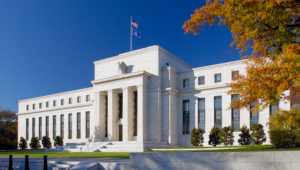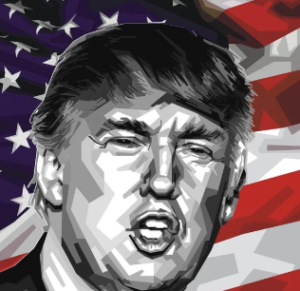$BTC $ETH $SOL
#CryptoMarket #DigitalDirham #CBDC #UAE #UKCryptoRegulation #BitcoinPrice #EthereumPrice #Solana #XRP #Cardano #BlackRockETP #CryptoRegulation
The global crypto market witnessed a notable shift on Friday, March 28, 2025, grappling with the broader implications of geopolitical and regulatory developments. Bitcoin, the leading cryptocurrency, saw a 3.1 percent dip in its price, closing at US$85,205.95. This downtrend was triggered by President Donald Trump’s surprise announcement of a 25 percent tariff on imported automobiles, stirring fears of exacerbated trade tensions and a potential economic slowdown. Such global events have historically prompted investors to reassess riskier asset allocations, and the crypto sector, known for its volatility, felt the impact. Similarly, Ethereum also experienced a decline, dropping 6.7 percent to settle at US$1,908.11. The market’s reaction underscores the sensitivity of crypto assets to external economic and political forces, signaling a shift in investor sentiment towards caution amidst uncertainty.
In addition to market movements, Friday was marked by significant regulatory news that is poised to reshape the crypto landscape. The United Arab Emirates announced plans to launch its central bank digital currency (CBDC), the Digital Dirham, for retail use by the last quarter of 2025. This initiative is part of the UAE’s broader strategy to enhance financial security, improve transaction efficiency, and extend regulatory oversight, mirroring a global trend towards the development of CBDCs in response to the growing digital economy. Meanwhile, the UK’s Financial Conduct Authority (FCA) unveiled its intention to introduce a more stringent authorization framework for crypto firms by 2026. This new “gateway regime” will demand that crypto businesses, including exchanges like Coinbase and Gemini, secure authorization beyond the existing anti-money laundering (AML) requirements, marking a significant increase in regulatory scrutiny.
While regulatory developments tend to introduce a degree of uncertainty in the short term, they are also indicative of the crypto market’s maturation. For instance, the UAE’s Digital Dirham is expected to provide a more secure and efficient framework for conducting digital transactions, encouraging mainstream adoption. Conversely, the UK’s pending regulations highlight the challenges and complexities of integrating the crypto sector within traditional financial regulatory frameworks. Adjustments by major players, including exchanges and institutional investors, will be necessary to navigate the evolving regulatory landscape, underscoring the importance of compliance and adaptation in ensuring sustainable growth within the sector.
In the institutional arena, BlackRock’s recent expansion of its iShares Bitcoin exchange-traded product (ETP) into Europe symbolizes a significant milestone for Bitcoin’s institutional adoption. Despite analysts expecting modest demand due to structural and regulatory differences between the US and European markets, BlackRock’s move is a positive indicator of growing institutional interest in crypto assets. It suggests a gradual shift in perception, recognizing the potential of cryptocurrencies as a legitimate asset class within diversified investment portfolios. As regulatory frameworks continue to evolve, such developments highlight the dynamic and interconnected nature of the global crypto market, reflecting both the challenges and opportunities that lie ahead in navigating its future trajectory.







Comments are closed.